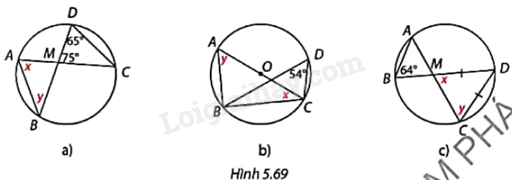Xin chào các anh, chị, em thân mến của Bài tập 365,
Cảm ơn các anh, chị, em đã đồng hành cùng Bài tập 365 trong thời gian qua!
Như các anh, chị, em đã biết, Đại Sảnh Kết Giao được mở ra nhằm phục vụ nhu cầu giao lưu, trò chuyện của các anh/em. Tuy nhiên, vẫn có một số thành viên quậy phá làm phá hỏng mất không khí vui vẻ.
Vì vậy, Bài tập 365 tổ chức cuộc thi vừa để tìm trưởng nhóm quản lý Đại Sảnh vừa để mở rộng cộng đồng, tìm kiếm thêm các người bạn mới, những câu chuyện mới!
Thể thể lệ cuộc thi:
Người tranh cử sẽ giới thiệu bạn bè tham gia cộng đồng qua link giới thiệu riêng.
Người giới thiệu được nhiều người nhất sẽ là người chiến thắng làm trưởng nhóm.
Bốn người có số lượng cao thứ 2, 3, 4, 5 sẽ là phó trưởng nhóm.
Thời gian diễn ra: từ 17h00 ngày 25/04 đến 7h00 ngày 02/05, bảng xếp hạng sẽ được cập nhật liên tục tại
đây (Bảng xếp hạng). Kết quả sẽ được công bố tại Facebook:
Bài tập 365 khi kết thúc cuộc thi.
Hướng dẫn
Bước 1: Bấm vào biểu tượng Avatar
Trên điện thoại, bấm vào biểu tượng ba gạch ngang góc trên bên phải màn hình, rồi bấm vào biểu tượng Avatar
Bước 3: Tìm mục Link giới thiệu, copy và gửi tới các bạn bè.
Bước 4: Theo dõi bảng xếp hạng và suy nghĩ về tương lai làm trưởng nhóm!
Lưu ý: Những người chưa từng truy cập Bài tập 365 mới được tính một lượt giới thiệu thành công.
Tip: Để đạt kết quả cao nhất, hãy gửi link giới thiệu tới nhiều bạn bè nhất có thể.
Chia sẻ, bình luận trên các mạng xã hội: Facebook, Tiktok, Zalo...
Nhờ sự trợ giúp từ bạn của bạn, hàng xóm của bạn của bạn..
Đặc quyền
Trưởng nhóm và phó trưởng nhóm có quyền chặn những thành viên nhắn bậy, spam trong Đại Sảnh.
Xóa các tin nhắn có nội dung xấu.
Được sự tôn trọng, tin cậy của các thành viên trên cộng đồng.
Được tặng ngay thẻ cào 100.000 đồng cho Trưởng nhóm và 50.000 đồng cho mỗi phó trưởng nhóm.
Được ưu tiên đề xuất xây dựng các tính năng mới trên Bài tập 365.
Bài tập 365 - những mảnh đất mới với những cơ hội mới, cương vị mới.
Hãy cùng nhau xây dựng một cộng đồng văn minh theo cách của các bạn.
Cảm ơn các bạn đã tham gia Bài tập 365!
